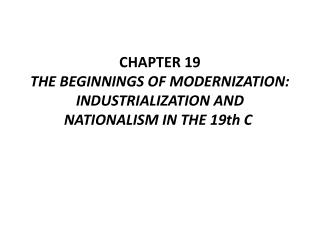

Gibb and Harold Bowen, Islamic Society and the West, 2 vols. They are listed in chronological order: H. The following are but a few examples of a large body of literature that ranges from modernization, dependency, and world-system frameworks to works that draw on Marxist theories. 9–10 and Alexander Schölch, Palestine in Transformation, 1856–1882: Studies in Social, Economic, and Political Development (Washington, D.C., 1993), pp. For a preliminary discussion, see Beshara Doumani, “Rediscovering Ottoman Palestine: Writing Palestinians into History,” JPS, 21:2 (Winter 1992), pp. This issue still awaits a systematic investigation. This is not to say that the idea of Palestine as a territorial unit, once it emerged as part of everyday political discourse among the inhabitants, had no local or Ottoman roots. In official correspondence and court cases registered in the Nablus Islamic court up to 1865 the word appeared only once, and the context precluded a nationalist meaning. It is doubtful whether the name Palestine was commonly used by the native population to refer to a specific territory or nation before the late nineteenth century. This name is used to denote the territories defined as Palestine during the British Mandate (1920–1948). There was no administrative unit called Palestine during the Ottoman period.


 0 kommentar(er)
0 kommentar(er)
